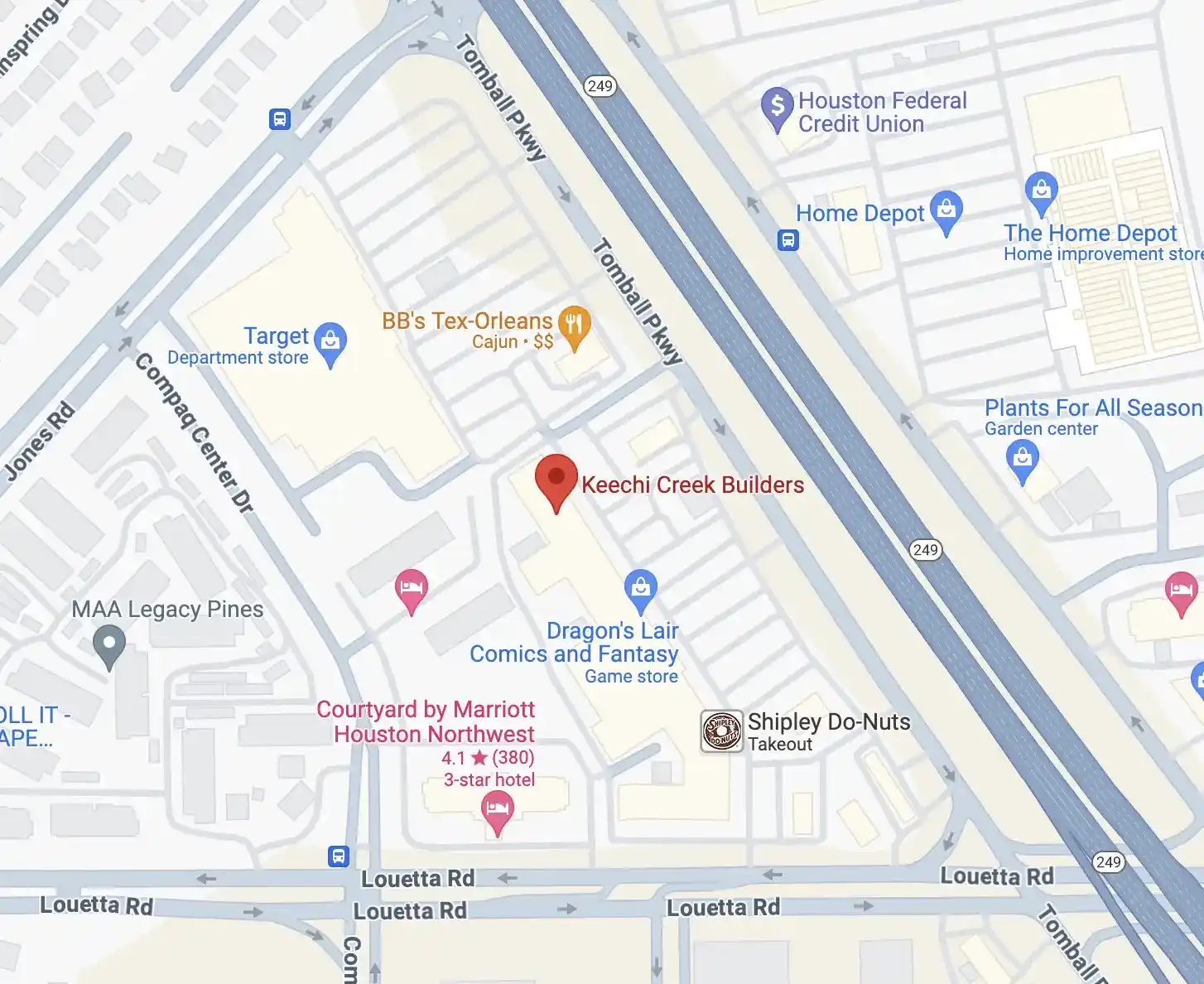Imagine you've just moved into a new home with a spacious backyard, and you're considering a custom landscaping and pool design service to enhance its appeal. You're not just looking for an average rectangular pool surrounded by concrete. You want a unique, sophisticated blend of custom pool and landscaping elements that create an outdoor oasis. Keep in mind, though, that mastering these services requires a deep understanding of various elements, from plant selection and placement, to pool shape and material choices. But how do you ensure the final design perfectly captures your vision? Let's explore this further. To ensure the final design perfectly captures your vision, it's crucial to collaborate with experienced professionals who specialize in bringing creative concepts to life. By clearly communicating your preferences and being open to suggestions, you can strike a balance between practicality and creativity. With customized landscaping and pool design, every detail, from lighting to hardscape features, can be tailored to transform your backyard into a one-of-a-kind retreat.
Key Takeaways
- Personalized landscaping concepts consider individual preferences, lifestyle, and plant suitability for the local climate and soil conditions.
- Custom pool design offers space optimization, energy efficiency, aesthetic appeal, and potential property value increase.
- Integrating pool and landscape designs requires compliance with zoning regulations, use of sustainable materials, and ensuring a harmonious blend with the surroundings.
- Essential outdoor integration elements include weather-resistant materials, suitable plants, durable furniture, and decorative elements to enhance the aesthetics.
Understanding Personalized Landscaping Concepts
In the vast world of landscaping, understanding personalized concepts is your first step toward creating an outdoor space that truly reflects your unique style and needs. Your personality, preferences, and lifestyle should influence your plant selection strategy. Do you prefer the soft hues of hydrangeas or the vibrant reds of roses? Maybe you're drawn to the rustic charm of cacti or the simplicity of grasses. Whatever your choice, ensuring they're suitable for your climate and soil type is crucial.
Landscape maintenance tips are another essential element of personalized landscaping. You've got to consider your availability and willingness to maintain your landscape. If you're always on the go, you'll want to opt for plants that require less attention and are resilient. You might want to consider adding mulch to your garden beds, as it can help retain soil moisture and reduce weed growth.
Advantages of Custom Pool Design
Diving into the realm of custom pool design, you'll find it offers a plethora of benefits, including the freedom to tailor every detail to your specific tastes, needs, and budget. But the advantages don't stop there.
Here are a few more reasons why custom pool design could be the perfect fit for you:
- Space Optimization: With a custom design, you're not limited to pre-set shapes or sizes. Your pool can be designed to maximize the use of your available space, no matter how large or small.
- Energy Efficiency: Custom pools can be designed with energy-saving features such as solar heating systems or efficient pool pumps, saving you money in the long run.
- Aesthetics: A custom pool can become an extension of your home's architecture, reflecting your personal style and enhancing the overall look of your property.
- Value: Though a custom pool might cost more upfront, its potential to increase your property's value makes it a worthwhile investment.
In essence, choosing a custom pool design is about maximizing your investment, enjoying greater flexibility, and creating a space that's uniquely yours.
Integrating Pool and Landscape Designs
Building on the idea of custom pool design, it's important to consider how your pool can seamlessly blend with your surrounding landscape, creating a unified and visually stunning outdoor space. This integration isn't just about aesthetics—it also includes practical aspects like zoning regulations impact and ecological considerations.
When designing a pool that blends with the landscape, you must consider the local zoning regulations. These laws dictate where a pool can be installed and might influence the shape, size, or depth of the pool. It's critical you're aware of these regulations before initiating any design process.
Ecological considerations are also paramount. You should aim for a design that complements and enhances the natural qualities of your landscape, rather than detracting from them. Use native plants and sustainable materials, which not only support local ecosystems but require less maintenance and water.
Integration also means creating a natural flow between your pool and landscape. You shouldn't feel like you're stepping into a separate area when you enter your pool—it should feel like a natural extension of your backyard.
Mastering the integration of pool and landscape designs can transform your space into a beautiful, harmonious oasis.
Essential Elements for Outdoor Integration
To create a harmonious outdoor space, you'll need to focus on several essential elements that ensure seamless integration between your pool and landscape.
Firstly, 'Outdoor Lighting' plays a crucial role in determining the overall ambiance of your outdoor space. By carefully positioning your light fixtures, you can highlight the pool's best features while creating an enchanting environment for evening relaxation.
Material selection is another significant aspect to consider. The materials you choose should not only complement your home's architectural style but also withstand different weather conditions.
Here are a few more elements to consider:
- Plant selection: Choose plants that will thrive in your climate and add visual interest to your landscape throughout the year.
- Outdoor furniture: Go for comfortable and durable pieces that will enhance your outdoor living experience.
- Decorative elements: These can range from sculptures to fountains, contributing to the overall aesthetic of your space.
- Functionality: Ensure your design facilitates ease of movement and provides areas for various activities.
The Art of Pool Landscaping
Mastering the art of pool landscaping involves meticulously selecting and arranging elements that not only enhance the beauty of your pool, but also maintain a natural and cohesive connection with the surrounding landscape. It's about creating a seamless transition from the natural environment to your personal oasis.
Water Features Aesthetics play a crucial role in this process. Think about how a cascading waterfall or a gently bubbling fountain can add a dynamic, lively element to your pool area. The sound of flowing water not only provides a soothing backdrop, but also contributes to an overall sense of tranquility.
Lighting Effects, too, are an integral part of pool landscaping. Properly placed, they can highlight key features, provide safety, and create a magical atmosphere after sunset. You can use them to illuminate pathways, accentuate architectural elements, or even to cast playful shadows on the water surface.
Frequently Asked Questions
What Are the Cost Implications of Custom Landscaping and Pool Design Services?
You'll need to consider budgeting strategies as custom landscaping and pool design services can be costly. Explore financing options to distribute the cost over time, ensuring you're not stretching your finances too thin.
How Long Does It Typically Take to Complete a Custom Landscaping and Pool Project?
You're looking at several factors for your project timeline, such as design complexity and seasonal considerations. It's not uncommon for custom landscaping and pool projects to take several weeks to a few months to complete.
Can I Modify My Existing Landscape and Pool Into a Custom Design?
Absolutely, you can modify your existing landscape and pool. It's all part of the designing process. Material selection plays a key role. It's about turning your current space into your dream oasis.
What Qualifications Should I Look for in a Landscape and Pool Designer?
You should look for a designer with a compelling portfolio showcasing custom projects. They should demonstrate sustainability focus in their designs. Verify their professional qualifications and make sure they're receptive to your creative ideas.
Are There Specific Maintenance Requirements for Custom Landscapes and Pools?
Yes, custom landscapes and pools do require specific maintenance. Seasonal upkeep is crucial, as is careful plant selection to ensure everything thrives and looks its best. Regular pool care is also a must.










![prism2023 winner logo[8]](https://pub-ae3315f928524d56aa82b17b9f427894.r2.dev/2024/11/prism2023-winner-logo8-e1731607791571.webp)
